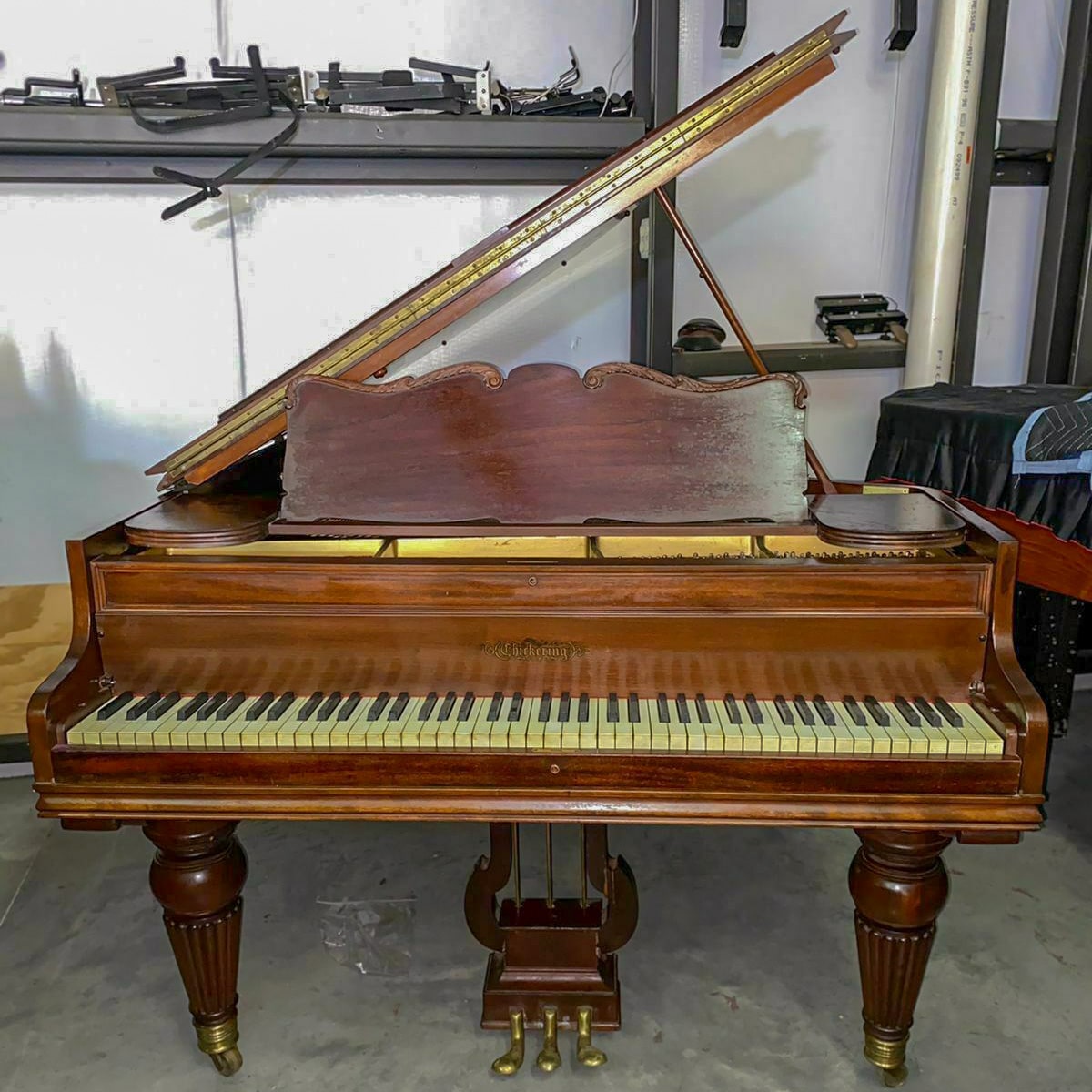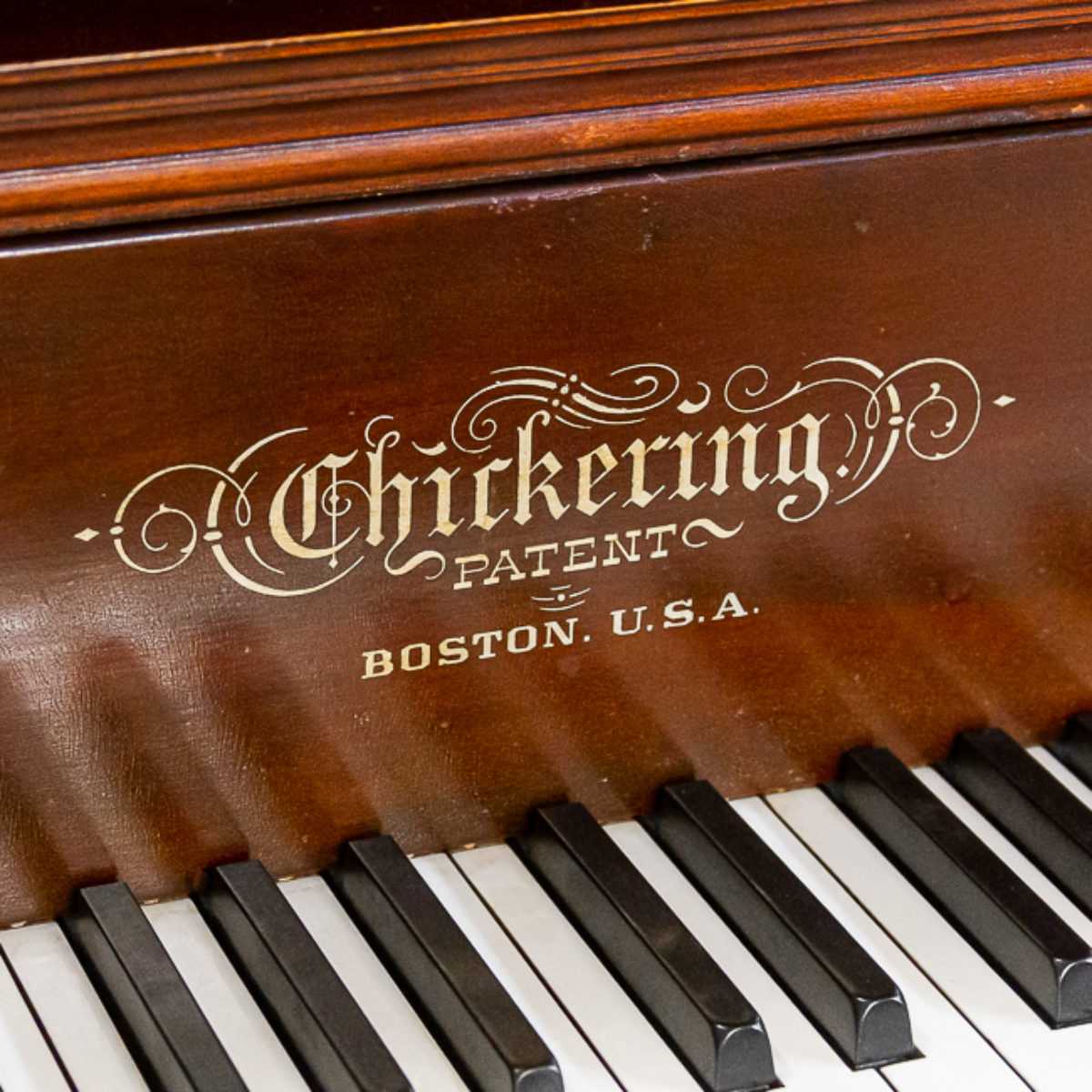
Journalists and writers during this time spoke highly of the Chicago piano manufacturing scene. Two famous Chickering grand piano brand names coming from the Chicago factory were the "Acoustigrand" and the "Capacoustigrand."Īlthough the eastern seaboard was considered the primary location for piano manufacturing during the 19th century, Chicago manufacturing put Illinois on the map as a rival manufacturing location for the production of the world's best, highest qualty pianos. The Chicago factory was named 'Chickering Brothers' to distinguish the factory and its pianos from the Boston line. In 1892, long after the death of Jonas Chickering and while the Chickering name was still considered to be the very best piano manufacturing company in the world, the sons opened a factory in Chicago. The Chickering name is also associated with the city of Chicago. This type of hands-on approach became the inspiration for many piano craftsmen doing skilled bench work and repair work during this robust time in the history of piano manufacturing. According to the historian, Alfred Dolge, for years George Chickering took pride in making every set of hammers for all the grand pianos built in their Boston factory. George studied hard to become a master piano craftsman. Chickering also greatly contributed to the success of Chickering & Sons. The youngest Chickering brother, George H. As well, Chickering Hall soon became a favorite venue for for many local musical organizations like the Mendelssohn Club and the New York Vocal Society. This offered the company an opportunity to feature the world's greatest pianists and performers to play and thereby promote Chickering grand pianos. While Chickering & Sons was at the height of its reputation and popularity as the premier piano manufacturing in the United States, the brothers opened Chickering Hall on Fifth Avenue in New York City. He had gained much experience by traveling and studying piano technology in Europe and Great Britain while his father, Jonas Chickering was still alive. Frank Chickering had concentrated, like his father had done, on furthering design innovations for the Chickering piano line. Twenty years later, Thomas Chickering died, leaving C. Chickering, took charge of the public relations and merchandising aspects of the business and was perhaps even more successful than Jonas Chickering in improving the company's reputation. Just before Jonas Chickering's death, his three sons were signed into the company as partners and the piano company's name became "Chickering & Sons." The oldest of the three brothers, Thomas E. Still, even though Chickering would have to start afresh, his determination soon produced an entirely new and even better factory, but the toll was not without consequences. The Tremont Street facility caught fire in December of 1852 and burned to the ground. Then, tragedy struck the Chickering factory. This offered Jonas both time and money for even more in depth piano research and development. Unlike other artisans who were unable to adapt to rapid growth and intense competition, Chickering was showing no signs of a downturn in production or capitol. By mid-century, Chickering had become extremely successful. With much effort on Chickering's part, and following the commercial, piano merchandising strategies he had learned from Mackay, word of Chickering's superior workmanship quickly spread to cities, towns and villages throughout the United States, Great Britain and Europe.Ĭhickering was one of the companies that succeeded in making the transition from purely hand built production methods to more streamlined industrial procedures. Nevertheless, Chickering was determined to continue with the success that their partnership had procured. The partnership between Jonas Chickering and John Mackay was short lived due to the tragic disappearance of Mackay while on voyage to South America in search of exotic, superior rainforest hardwoods for Chickering's ever more popular pianos. Their partnership soon placed Boston on the map as a major piano building city of the 19th century. In that short time, though, Chickering's reputation as an inventor and innovator caught the attention and financial backing of John MacKay.


The two men worked closely together for three years, then went their separate ways (Stewart migrated to London, England). In 1823, Jonas Chickering joined partnership with James Stewart in Boston, Massachusetts under the company name, Stewart & Chickering. Steinweg's arrival in the United States by more than 30 years. But, in fact, cabinetmaking and piano making apprenticeships by Jonas Chickering predate Henry E. Home Technical Innovations on Tremont Street, BostonĬhickering & Sons is often compared to Steinway & Sons for progressive innovation and profound technological advances in the history of piano manufacturing.


 0 kommentar(er)
0 kommentar(er)
